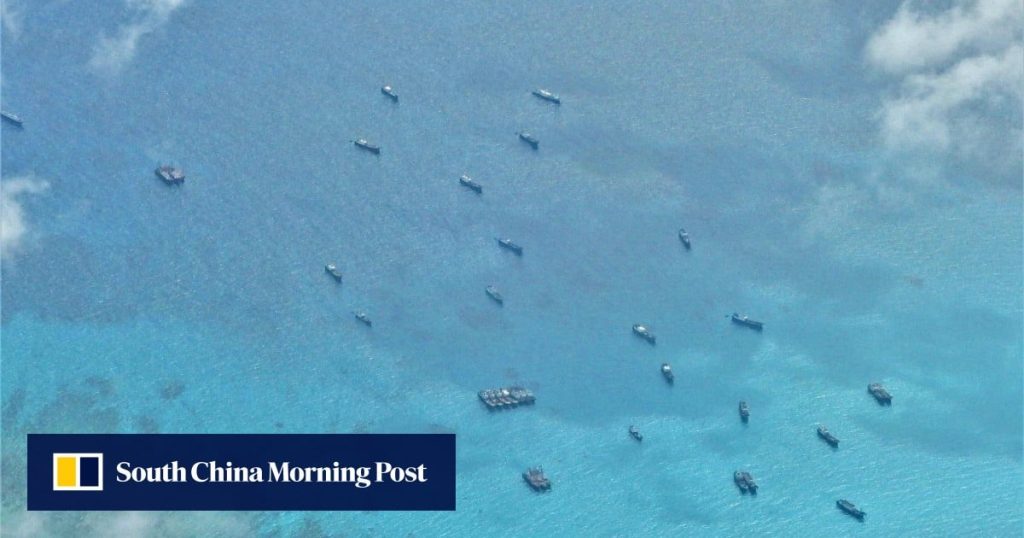Reed Bank – a contested area of the South China Sea believed to be rich in gas and oil – could become a future hotspot for stand-offs and conflicts between China and the Philippines, especially if Manila moves forward with unilateral resource exploration as part of its energy security quest, according to analysts.
However, they added that Manila’s limited development capacity, the coming midterm election in the Philippines, Washington’s other geopolitical distractions, and careful risk assessment by multinational companies could delay Reed Bank’s emergence as a flashpoint in the disputed waterway.
Reed Bank, known as Liyue Tan in Chinese and Recto Bank in the Philippines, is an underwater reef formation around 157km (98 miles) from the coast of Palawan in the Philippines. It is northeast of the Spratly Islands, known as the Nansha Islands in China, a contested archipelago in the South China Sea claimed by both Beijing and Manila.
As many as 5.4 billion barrels of oil and 1.56 trillion cubic metres (55.1 trillion cubic feet) of natural gas could be found beneath the waters around Reed Bank, according to a 2013 report from the US Energy Information Administration.
These resources remain largely untapped. China and the Philippines have sought to develop them jointly, but exploration has been on hold for years because of tensions between the two neighbours.
Chen Xiangmiao, an associate research fellow at the National Institute for South China Sea Studies, said that after the Philippine midterm elections in May, it was likely that Philippine President Ferdinand Marcos Jnr would use oil and gas exploration around Reed Bank as a “trump card” to regain public support.


